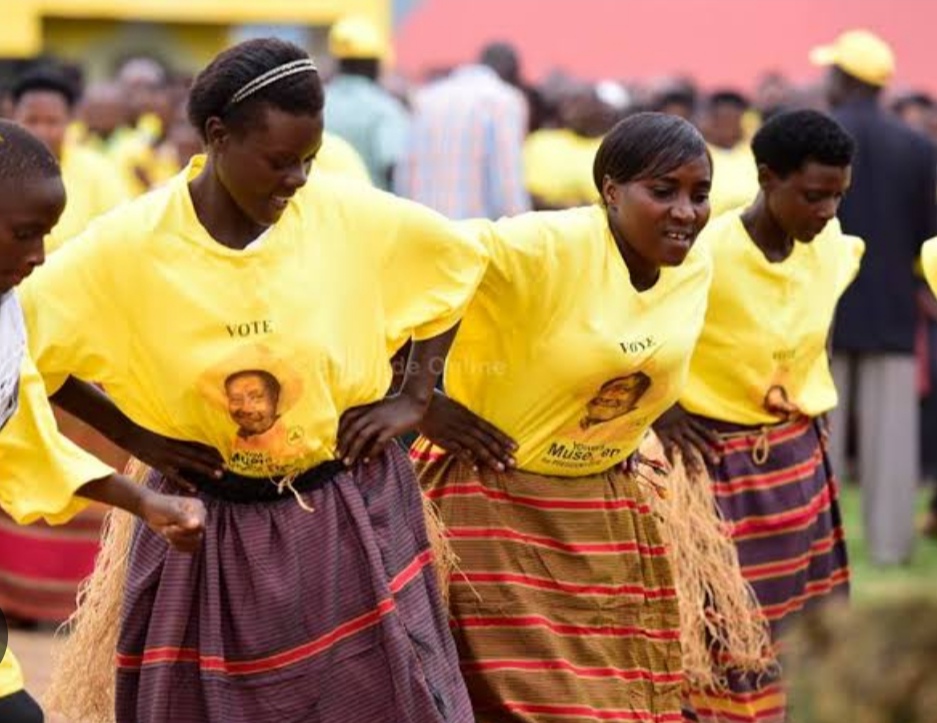On February 28, 1909, the Socialist Party of America organized the inaugural National Women’s Day in New York. Labor activist Theresa Malkiel proposed the idea, commemorating protests by garment workers in the city. In 1910, German delegates, inspired by American socialists, suggested a day for women, though no specific date was set.
International Women’s Day was officially recognized by the United Nations in 1975, with the UN General Assembly designating March 8 as the day to celebrate women’s rights and world peace in 1977. The UN has since marked the occasion annually with varying themes.
Aside from honoring women’s achievements, International Women’s Day also raises awareness about gender equality and accelerates efforts for gender parity, while fundraising for various female-focused charities.
The day arrives amid a backdrop of setbacks for women’s and girls’ rights in many countries, such as Uganda, due to the COVID-19 pandemic. The global health crisis has exacerbated issues like poverty and violence against women, highlighting the disproportionate burden faced by women, who often bear the brunt of unpaid labor.
In Uganda, women contend with numerous rights challenges, including domestic violence and limited educational opportunities. Despite government efforts to improve women’s status, progress remains slow.
Nevertheless, the Ugandan government has prioritized women’s empowerment initiatives. President Yoweri Kaguta Museveni and the NRM Government have implemented policies and measures to promote women’s participation in leadership roles and education. Affirmative action measures, such as additional points for female students applying to public universities, have contributed to increased female representation in various fields.
The government has also taken steps to address gender-based violence (GBV) through legislation and programs. Initiatives supported by organizations like Irish Aid have contributed to reducing GBV rates in regions like Busoga. Despite these efforts, GBV persists, necessitating a multi-sectoral approach for prevention and response.
Economically, the government has implemented programs like Emyooga and the Parish Development Model to empower women financially, recognizing the role of economic independence in reducing vulnerability. Through initiatives like forming savings and credit cooperatives (SACCOs) at the parish level, women have gained access to financial resources.
The NRM government’s commitment to women’s empowerment is evident in its broader agenda for societal transformation. By ensuring security and investing in healthcare, including immunization programs, the government aims to create an environment where all citizens, including women, can thrive.
In sum, Uganda’s journey towards gender equality and women’s empowerment is ongoing, with the government playing a crucial role in driving progress and addressing remaining challenges.




